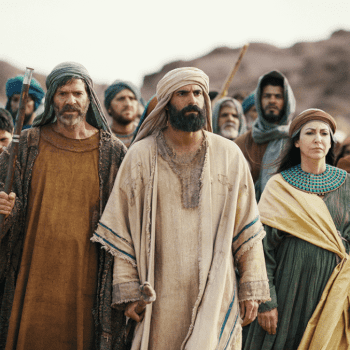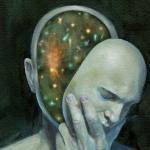The new, 113th Congress includes the first Buddhist to serve in the Senate, the first Hindu to serve in either chamber and the first member of Congress to describe her religion as “none,” continuing a gradual increase in religious diversity that mirrors trends in the country as a whole. While Congress remains majority Protestant, the institution is far less so today than it was 50 years ago, when nearly three-quarters of the members belonged to Protestant denominations.
Catholics have seen the biggest gains among the 533 members who are scheduled to be sworn in on Jan. 3.1 Catholics picked up seven seats, for a total of 163, raising their share to just over 30%. Protestants and Jews experienced the biggest declines in numerical terms. Jews now hold 33 seats (6%), six fewer than in the 112th Congress, where Jews held 39 seats (7%). Protestants lost eight seats, though they continue to occupy about the same proportion of seats (56%) as in the 112th Congress (57%).
In addition, the Protestant share of each political party in the new Congress is about the same as in the 112th; roughly seven-in-ten Republicans are Protestants, compared with fewer than half of Democrats. However, the members sworn in for the first time in 2013 are less Protestant than the group that entered in 2011; 48% are Protestant, compared with 59% of the previous freshmen.
Mormons continue to hold 15 seats (about 3%), the same as in the previous Congress.
Protestants, Catholics, Jews and Mormons each make up a greater percentage of the members of Congress than of all U.S. adults. The same is true for some subgroups of Protestants, such as Episcopalians and Presbyterians. By contrast, Pentecostals are a much smaller percentage of Congress than of the general public. Due in part to electoral gains in recent years, Buddhists, Muslims and Hindus now are represented in Congress in closer proportion to their numbers in the U.S. adult population. But some small religious groups, such as Jehovah’s Witnesses, are not represented at all in Congress.
Perhaps the greatest disparity, however, is between the percentage of U.S. adults and the percentage of members of Congress who do not identify with any particular religion. About one-in-five U.S. adults describe themselves as atheist, agnostic or “nothing in particular” – a group sometimes collectively called the “nones.” But only one member of the new Congress, Kyrsten Sinema (D-Ariz.), is religiously unaffiliated, according to information gathered by CQ Roll Call. Sinema is the first member of Congress to publicly describe her religion as “none,” though 10 other members of the 113th Congress (about 2%) do not specify a religious affiliation, up from six members (about 1%) of the previous Congress.2 This is about the same as the percentage of U.S. adults in Pew Research Center surveys who say that they don’t know, or refuse to specify, their faith (about 2%).
Read the rest here















